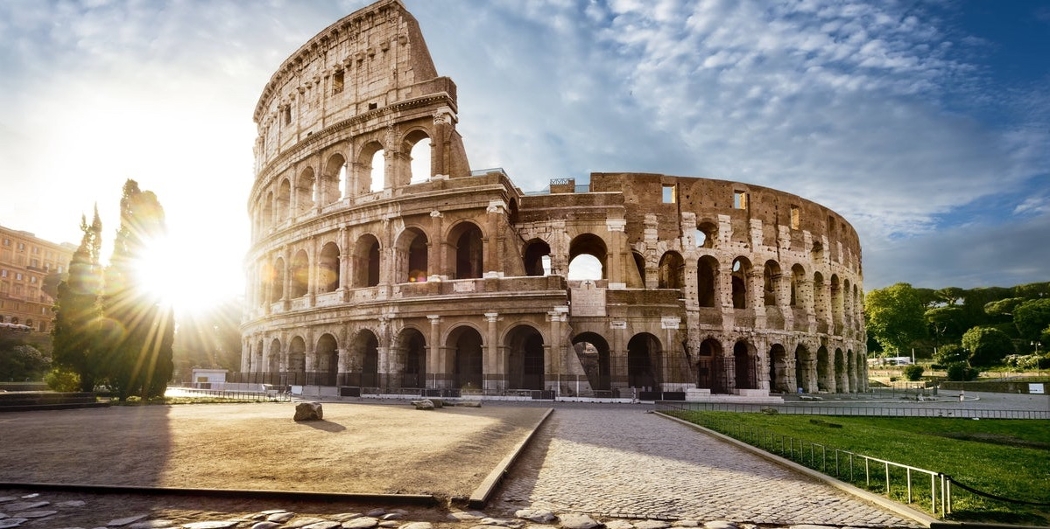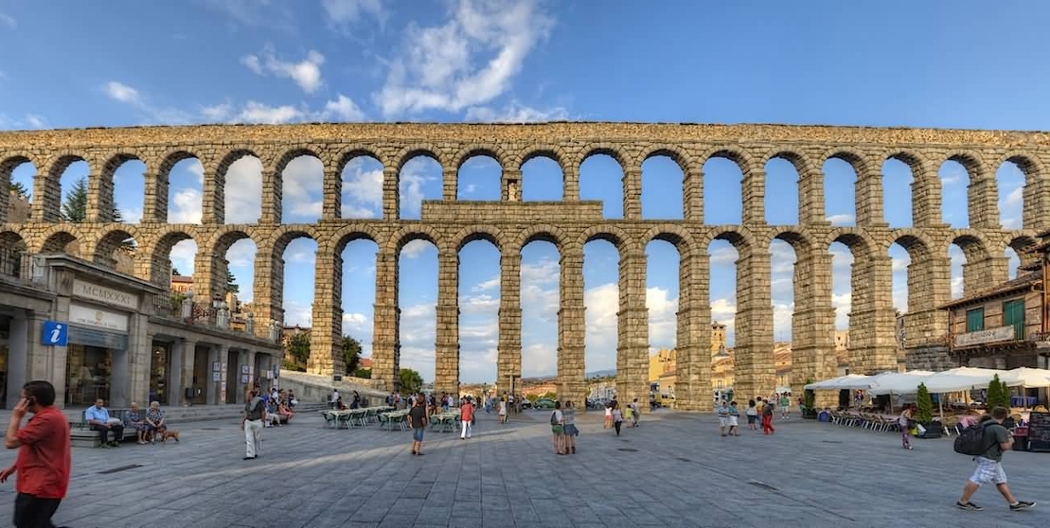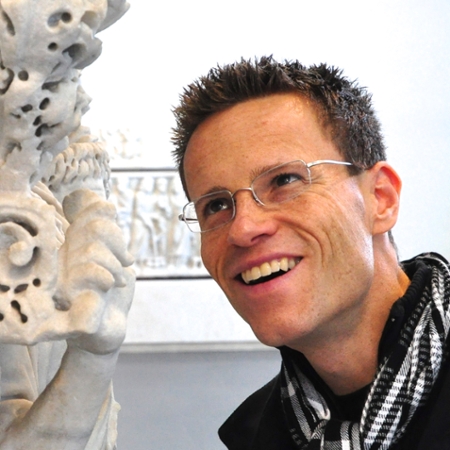Roman Art & Architecture
Main Content




Roman Art & Architecture
AD 310B / CLAS 310B
This course is devoted to ancient Roman art and architecture, in all its astonishing variety. We will turn our eye to a wide variety of objects — from statues and public buildings to wall paintings and mosaics, pottery and sarcophagi — and consider everything from the most imposing and bombastic forms of art to the most whimsical and quirky: from cult images in majestic temples to raunchy paintings in notorious brothels, from monumental theaters and amphitheaters to secluded private interiors and family tombs, from epic historical scenes glorifying human conquerors to fantastic mythological scenes celebrating gods and heroes, satyrs and nymphs, the divine and the dead.
Above all we will approach these physical remains of the Romans as a means of gaining insight into their cultural habits and their view of the world. But questions of technology and practice will also concern us. Among other things, we will address:
➤ The amazing technology that was Roman concrete: how Romans discovered concrete, and deployed it to construct a staggering variety of otherwise impossible buildings.
➤ Roman aqueducts and water transport.
➤ Ancient quarrying practices and Roman technologies & systems for moving massive blocks of stone vast distances.
➤ Massive bronze statues and the technologies for casting them.
➤ The pigments and techniques of Roman painting, and how it is that any have survived at all.


